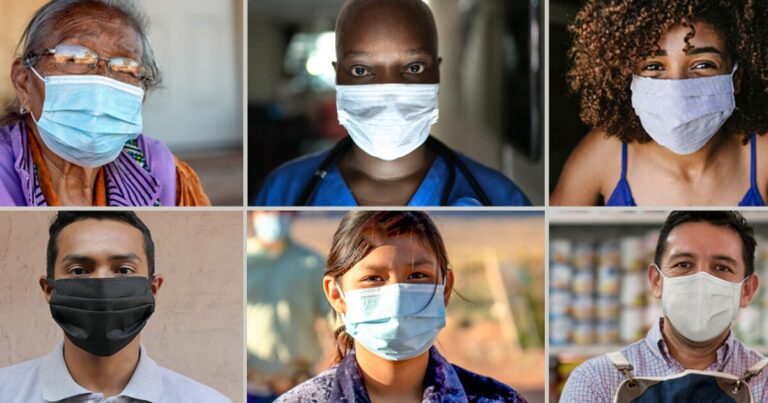Health equity advocates are lauding this week’s launch by the World Health Organization (WHO) of its Health Inequality Data Repository (HIDR), a comprehensive global collection of data that is available to the public to show information on population health and the factors that influence it.
By breaking down data based on parameters such as education level and ethnicity, the repository enables the analysis of health inequalities over time and across different population groups.
The HIDR includes nearly 11 million data points from 59 datasets from over 15 sources, covering over 2,000 indicators broken down by 22 dimensions of inequality. The repository reveals important inequality patterns, such as differences in hypertension and obesity rates between high-income and low-income countries, and inequalities in national COVID-19 responses, including vaccination coverage.
The data from the HIDR also shows that the rich-poor gap in health service coverage among women, newborns, and children in low- and middle-income countries has nearly halved in only the last ten years. Eliminating wealth-related inequality in under-five mortality in these countries could save the lives of 1.8 million children.
Countries are being urged by WHO to make health inequality monitoring a regular practice, share disaggregated data with the public, enhance data collection, and improve their capacity for analysis and reporting.
WHO is committed to updating and expanding the HIDR annually and integrating health inequality monitoring into global and national goals, indicators, and targets. Many health equity proponents are referencing this WHO initiative as one of the most significant developments in health equity data monitoring over the last twelve to twenty-four months and could have the positive effect of raising the bar in this area for months and years to come.


